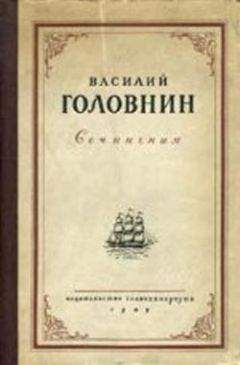В пучине бренного мира. Японское искусство и его коллекционер Сергей Китаев - Евгений Семенович Штейнер
На электронном книжном портале my-library.info можно читать бесплатно книги онлайн без регистрации, в том числе В пучине бренного мира. Японское искусство и его коллекционер Сергей Китаев - Евгений Семенович Штейнер. Жанр: Культурология год 2004. В онлайн доступе вы получите полную версию книги с кратким содержанием для ознакомления, сможете читать аннотацию к книге (предисловие), увидеть рецензии тех, кто произведение уже прочитал и их экспертное мнение о прочитанном.
Кроме того, в библиотеке онлайн my-library.info вы найдете много новинок, которые заслуживают вашего внимания.

В пучине бренного мира. Японское искусство и его коллекционер Сергей Китаев - Евгений Семенович Штейнер краткое содержание
В конце XIX века европейское искусство обратило свой взгляд на восток и стало активно интересоваться эстетикой японской гравюры. Одним из первых, кто стал коллекционировать гравюры укиё-э в России, стал Сергей Китаев, военный моряк и художник-любитель. Ему удалось собрать крупнейшую в стране – а одно время считалось, что и в Европе – коллекцию японского искусства. Через несколько лет после Октябрьской революции 1917 года коллекция попала в Государственный музей изобразительных искусств имени А. С. Пушкина и никогда полностью не исследовалась и не выставлялась. Искусствовед Евгений Штейнер в своей книге рассказывает историю этого собрания, погружает читателя в историко-культурный контекст, необходимый для знакомства с гравюрами, а в качестве иллюстрации подробно комментирует избранные листы из коллекции Сергея Китаева. Евгений Штейнер – ученый-японист, доктор искусствоведения, профессор Школы востоковедения НИУ ВШЭ и ассоциированный исследователь Центра по изучению Японии Школы восточных и африканских исследований (School of Oriental and African Studies, SOAS) Лондонского университета.
The book researches the life of the Russian collector of Japanese art Sergei Kitaev (1864–1927) and investigates the dramatic history of his collection of woodblock prints and paintings, which was once the largest in Russia and possibly one of the largest private collections of Japanese art in Europe. A few years after the October Revolution of 1917, the Kitaev Collection was nationalized and became part of the holdings of The Pushkin State Museum of Fine Arts (Moscow). It has never been fully researched, cataloged, or exhibited. The author worked on the catalog of prints from this collection and found that compared with archival data, what is now kept in the Pushkin Museum is significantly different in terms of the number of artifacts and their condition. The book is devoted to the investigation of this problem. The Chapter 4 is an updated version of the text and illustrations first published as “The Kitaev Collection of Japanese Art in the Pushkin Museum: Historia Calamitatum,” in Impressions, The Journal of the Japanese Art Society of America, No. 12 (2011) (www.japaneseartsoc.org). Copyright © Japanese Art Society of America



